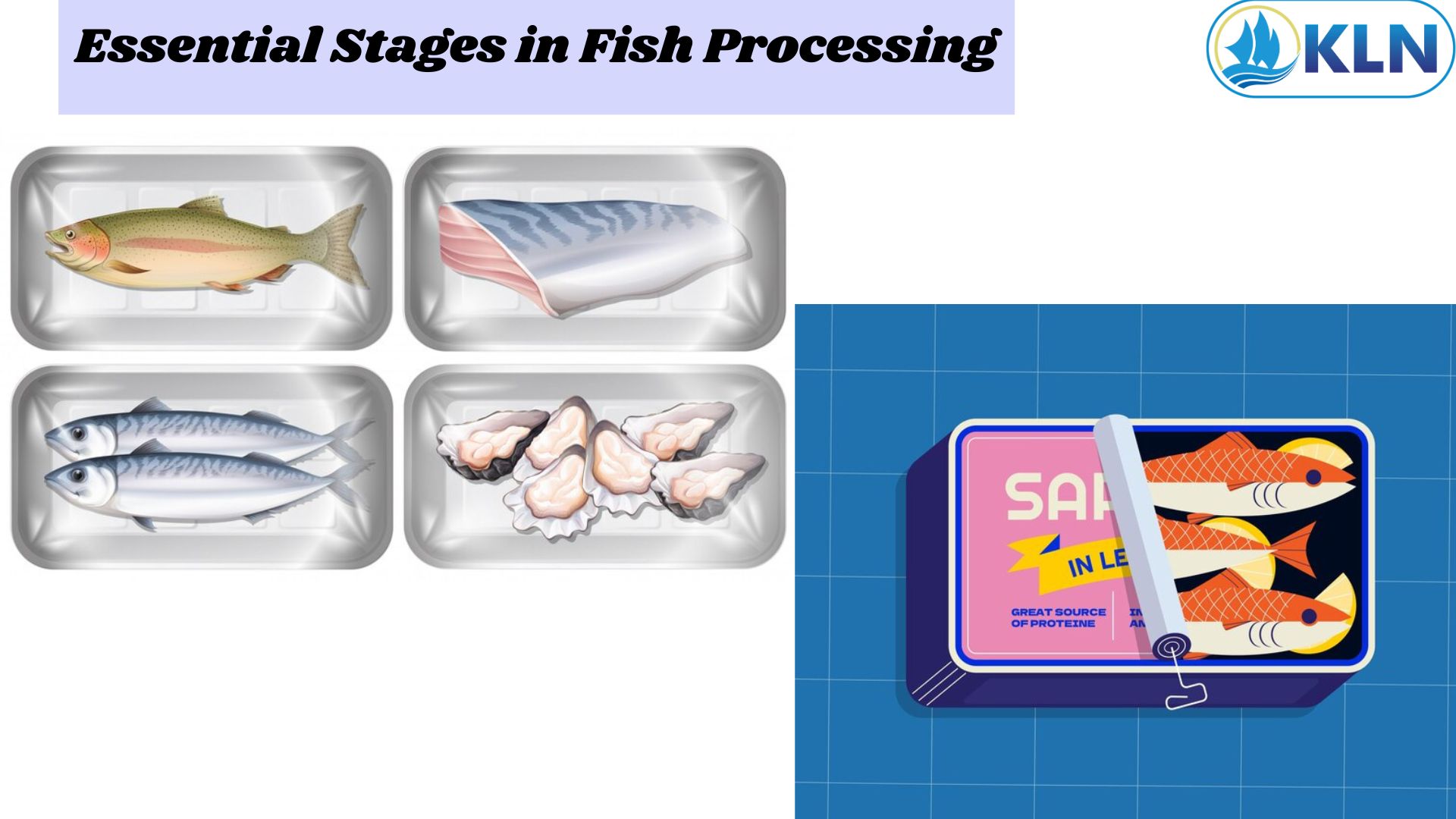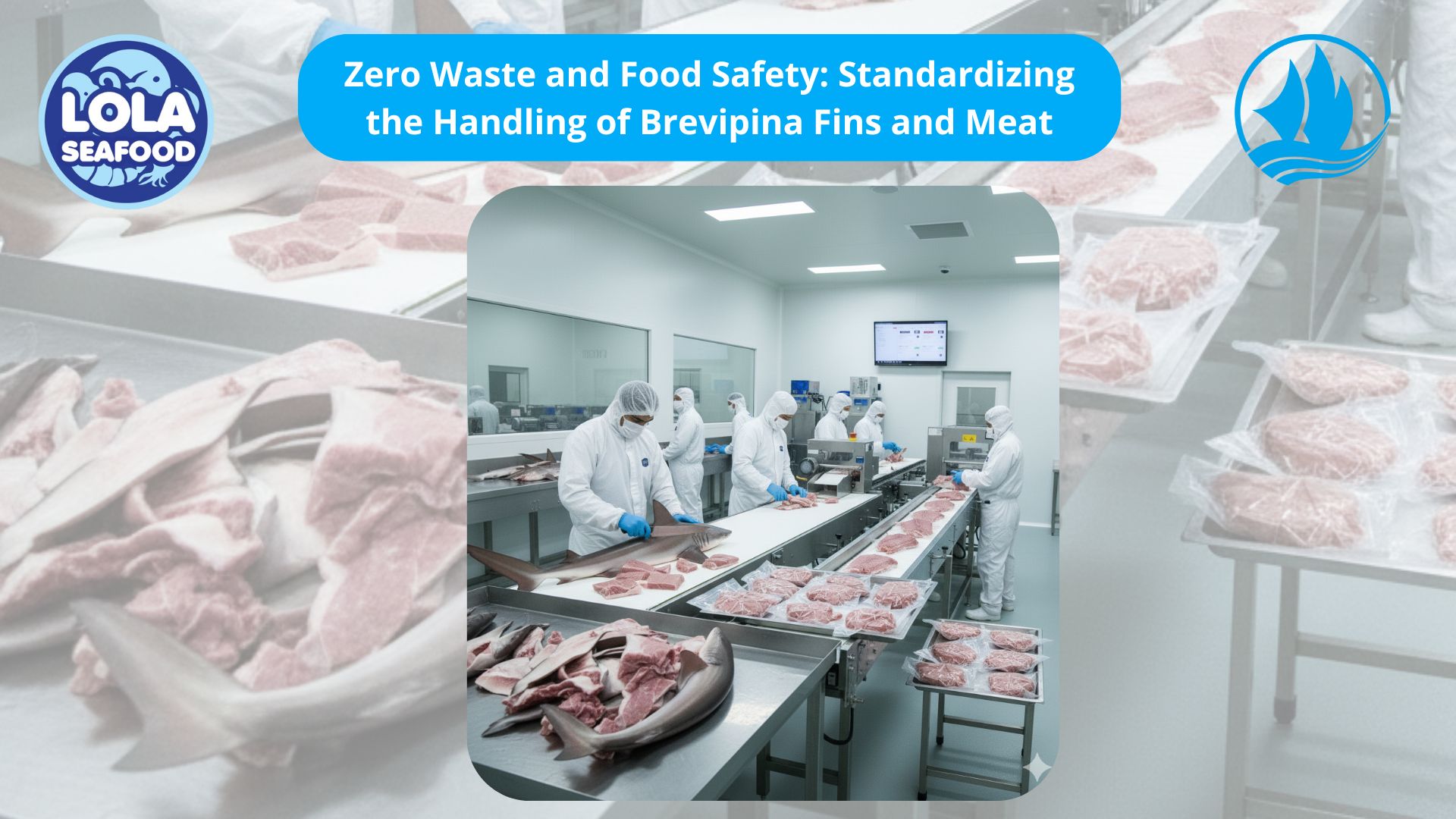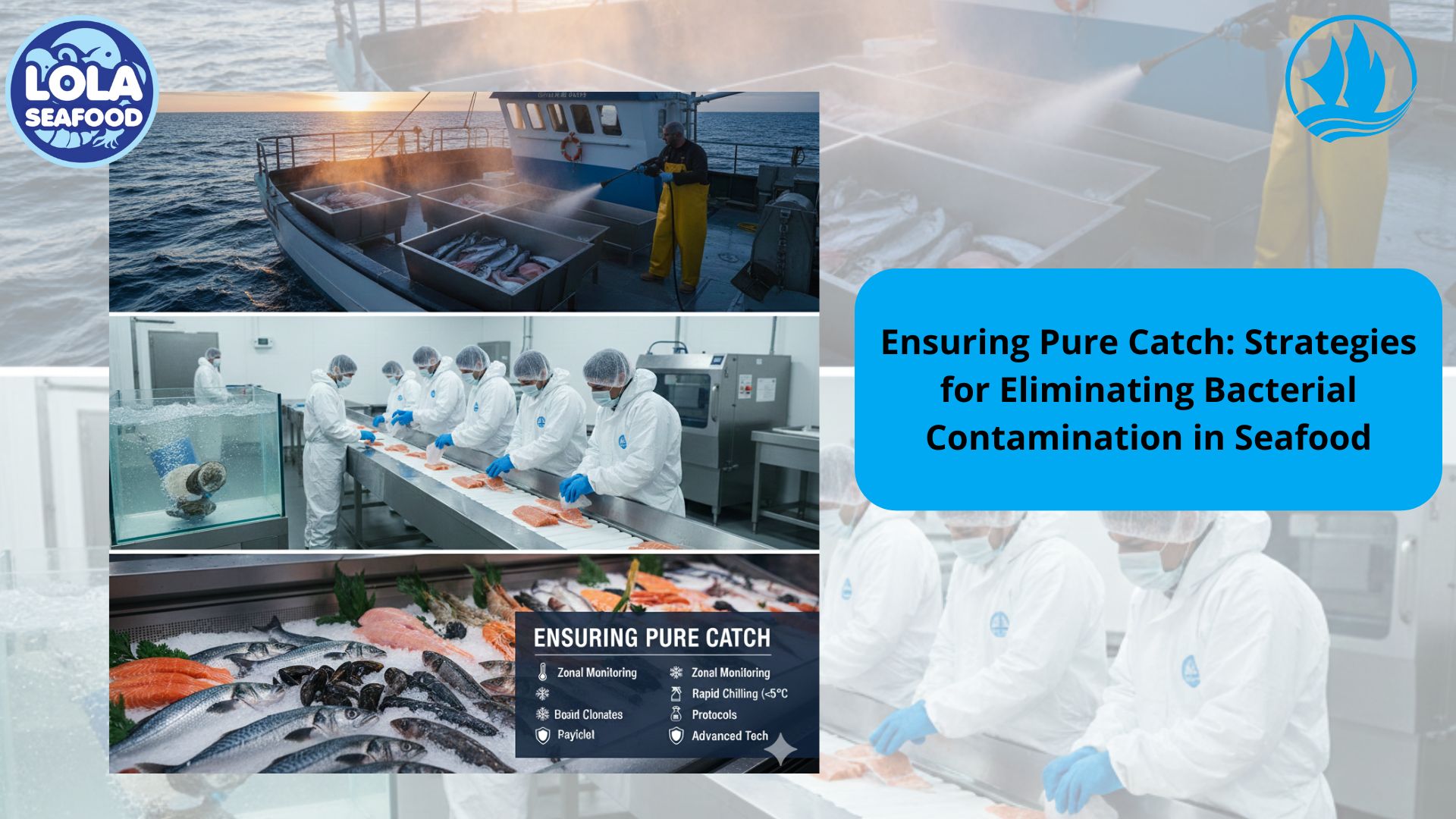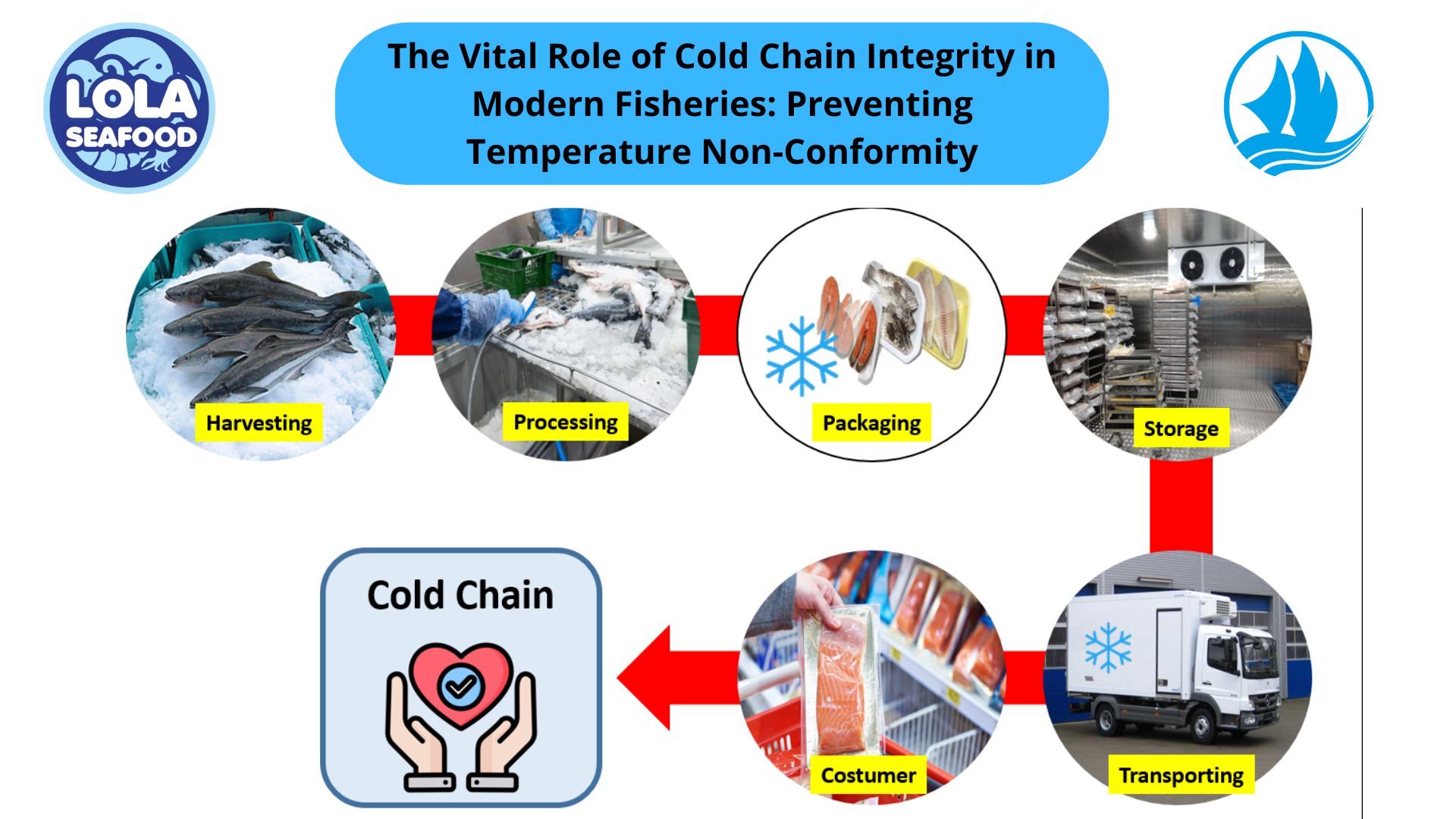Packaging Fish for Export to Ensure Quality and Compliance
By. Najih - 13 Sep 2024
When exporting fish, proper packaging is crucial to maintain quality and meet international standards. Effective fish packaging for export involves several key considerations, from preservation methods to compliance with regulations. This article explores the essential aspects of fish packaging that ensure freshness and safety for global markets.
1. Preservation Methods
The primary goal of fish packaging is to preserve freshness and prevent spoilage. One common method is vacuum sealing, which removes air to reduce oxidation and bacterial growth. Another method is using modified atmosphere packaging (MAP), where the atmosphere inside the package is altered to prolong shelf life. Additionally, ice or gel packs are often used to keep the fish at the optimal temperature during transit, further enhancing preservation.
2. Packaging Materials
Choosing the right packaging materials is critical for maintaining fish quality. Materials should be durable, moisture-resistant, and capable of withstanding temperature fluctuations. Common packaging materials include polyethylene bags, shrink film, and styrofoam boxes. These materials help protect the fish from physical damage and contamination, ensuring it remains in excellent condition throughout the export process.
3. Regulatory Compliance
Exporting fish involves adhering to various international regulations and standards. Packaging must comply with the requirements set by both the exporting and importing countries. This includes labeling regulations, which often require details such as the product name, origin, and expiration date. Proper documentation and certification are also essential to meet sanitary and phytosanitary standards, ensuring the fish is safe for consumption.
4. Quality Control
Quality control measures are vital to ensure that the packaging process maintains high standards. Regular inspections and testing are conducted to verify that the packaging materials are intact and that the fish is stored at the correct temperature. These measures help prevent issues such as freezer burn or contamination, which can compromise product quality.
5. Environmental Considerations
Sustainable packaging practices are becoming increasingly important. Using recyclable or biodegradable materials can help reduce the environmental impact of packaging. Additionally, minimizing excess packaging and focusing on efficiency can contribute to more sustainable export practices.

Optimizing Wild-Caught Fish Logistics: Maintaining Thermal Core Integrity During Long-Haul Transport
.jpg)



.jpg)

 and Employee Productivity on the Demersal Fish Processing Floor.jpg)
